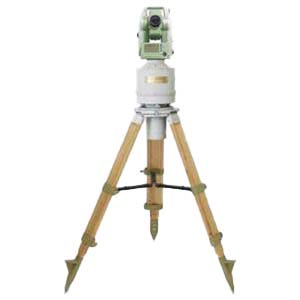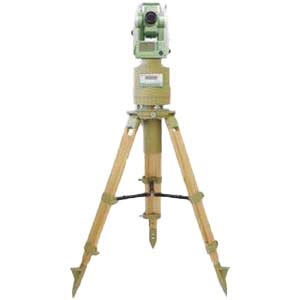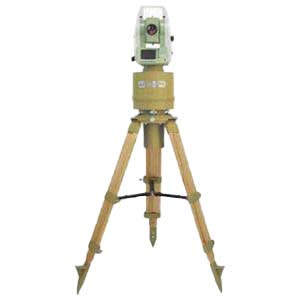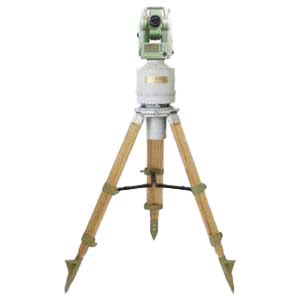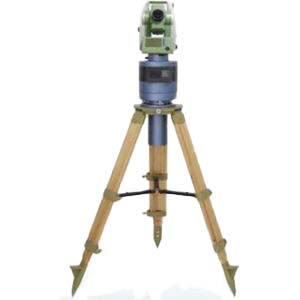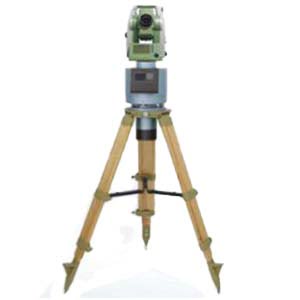The law of instrument constant drift with temperature of a gyro theodolite is a complex phenomenon, which involves the interaction of multiple components and systems within the instrument. Instrument constant refers to the measurement reference value of the gyro-theodolite under specific conditions. It is crucial to ensure measurement accuracy and stability.
Temperature changes will cause the drift of instrument constants, mainly because the differences in thermal expansion coefficients of materials cause changes in the instrument structure, and the performance of electronic components changes with temperature changes. This drift pattern is often nonlinear because different materials and components respond differently to temperature.
In order to study the drift of the instrument constants of a gyro theodolite with temperature, a series of experiments and data analysis are usually required. This includes calibrating and measuring the instrument at different temperatures, recording changes in instrument constants, and analyzing the relationship between temperature and instrument constants.
Through the analysis of experimental data, the trend of instrument constants changing with temperature can be found, and an attempt can be made to establish a mathematical model to describe this relationship. Such models can be based on linear regression, polynomial fitting, or other statistical methods and are used to predict and compensate for drift in instrument constants at different temperatures.
Understanding the drift of the instrument constants of a gyro theodolite with temperature is very important to improve measurement accuracy and stability. By taking corresponding compensation measures, such as temperature control, calibration and data processing, the impact of temperature on instrument constants can be reduced, thereby improving the measurement performance of the gyro theodolite.
It should be noted that the specific drift rules and compensation methods may vary depending on different gyro theodolite models and application scenarios. Therefore, in practical applications, corresponding measures need to be studied and implemented according to specific situations.
The study of the drift pattern of instrument constants of gyro theodolite with temperature usually involves monitoring and analyzing the performance of the instrument under different temperature conditions.
The purpose of such research is to understand how changes in temperature affect the instrument constants of a gyro theodolite and possibly find a way to compensate or correct for this temperature effect.
Instrumental constants generally refer to the inherent properties of an instrument under specific conditions, such as standard temperature. For gyro theodolite, instrument constants may be related to its measurement accuracy, stability, etc.
When the ambient temperature changes, the material properties, mechanical structure, etc. inside the instrument may change, thus affecting the instrument constants.
To study this drift pattern, the following steps are usually required:
- Select a range of different temperature points to cover the operating environments a gyroscopic theodolite may encounter.
- Take multiple directional measurements at each temperature point to obtain sufficient data samples.
- Analyze the data and observe the trend of instrument constants as a function of temperature.
- Try to build a mathematical model to describe this relationship, such as linear regression, polynomial fitting, etc.
- Use this model to predict instrument constants at different temperatures and possibly develop methods to compensate for temperature effects.
A mathematical model might look like this:
K(T) = a + b × T + c × T^2 + ...
Among them, K(T) is the instrument constant at temperature T, and a, b, c, etc. are the coefficients to be fitted.
This kind of research is of great significance for improving the performance of gyro theodolite under different environmental conditions.
It should be noted that specific research methods and mathematical models may vary depending on specific instrument models and application scenarios.
Summarize
Overall, by systematically collecting and analyzing data, we can better understand how the instrument constant of a gyroscopic theodolite changes with temperature and take corresponding measures to optimize its performance. The shedding or theodolite developed by ERICCO takes optimization measures when the instrument changes with normal temperature. ER-GT-02 is an ultra-high-precision gyro theodolite with an orientation accuracy of ≤3.6" (1σ); it has strong pit interference capability, integrated body design, compact structure, and stable performance; most importantly, it has low-level locking , automatic zeroing observation and other functions. Similarly, Ericco has multiple gyro theodolite.
If you are interested in learning more about gyro theodolite, please contact us.
More Technical Questions
1.Application of gyro-theodolite orientation in shaft contact measurement
2.Accurate Alignment Method for Gyro Theodolite Calibration System
3.Application of Gyro-Theodolite Orientation in Mine Surveying
4.Effect of latitude on gyroscopic theodolite
5.What is the Structure of a Gyro Theodolite?
6.How To Orient The Gyro Theodolite?
Products in Article
